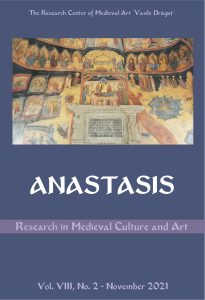The Motive of the Ram in the Architectural Decoration of the Christian Churches in Caucasus between the 10th - 14th Centuries
The Motive of the Ram in the Architectural Decoration of the Christian Churches in Caucasus between the 10th - 14th Centuries
Author(s): Ekaterina EndoltsevaSubject(s): Architecture, Visual Arts, 6th to 12th Centuries, 13th to 14th Centuries, History of Art
Published by: Editura ARTES
Keywords: apotropeia; ram; fertility; Farn; architectural decoration;
Summary/Abstract: The article deals with the motive of the ram’s head in the Christian art of Caucasus. The origins of iconography have been traced back to the ancient local archaeological cultures (Coban-Colchis) in Caucasus and in the Mediterranean region to the Neolithic period. This motif is among the most ancient sacral signs still in use in the traditional culture of the region. It appears on the façades of the Christian churches between the 10th -14th centuries due to the influence of the traditional culture. Represented on the façades of the churches, it has attained protective and apotropaic functions.
Journal: Anastasis Research in Medieval Culture and Art
- Issue Year: VIII/2021
- Issue No: 2
- Page Range: 9-24
- Page Count: 16
- Language: English

